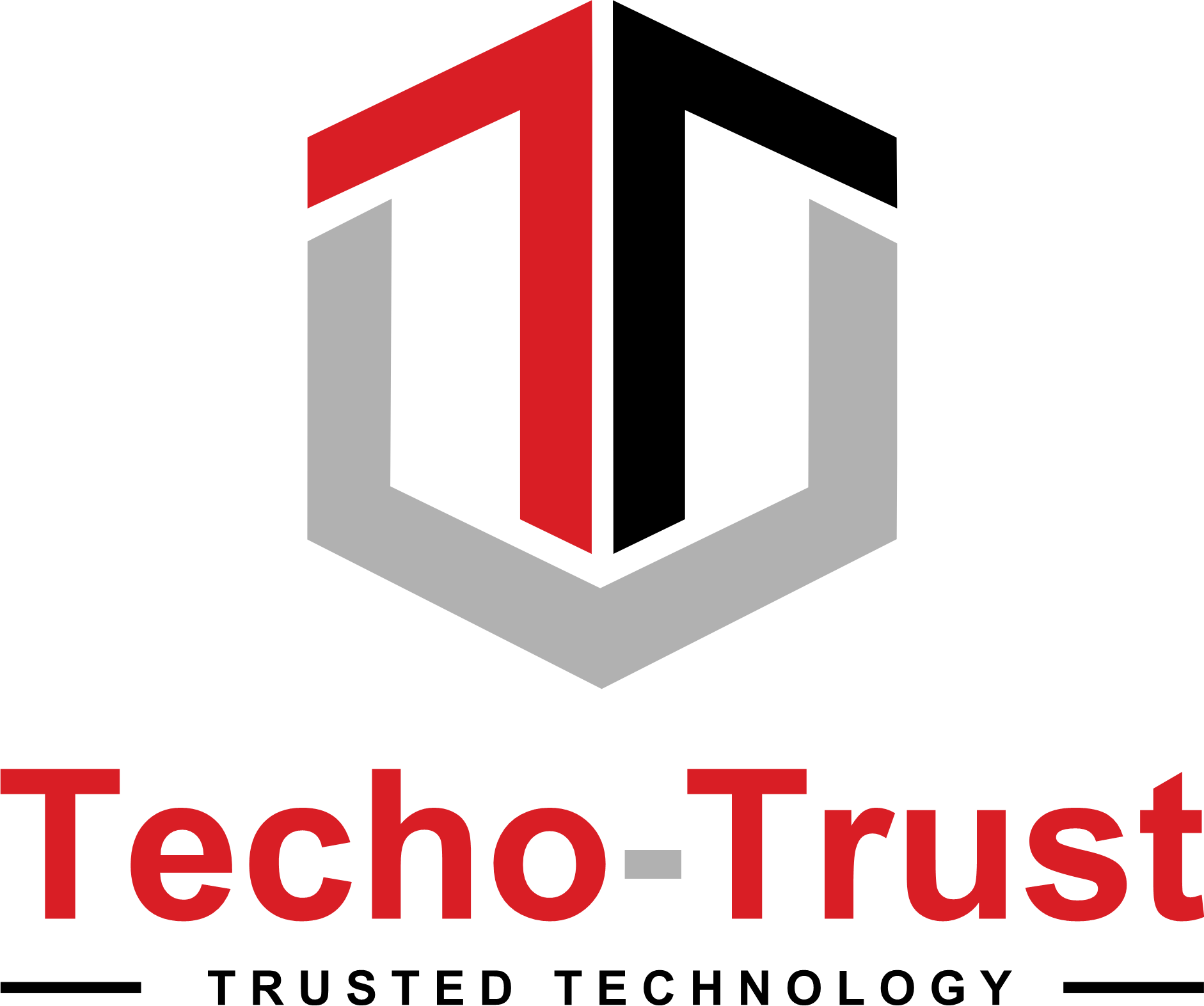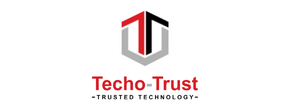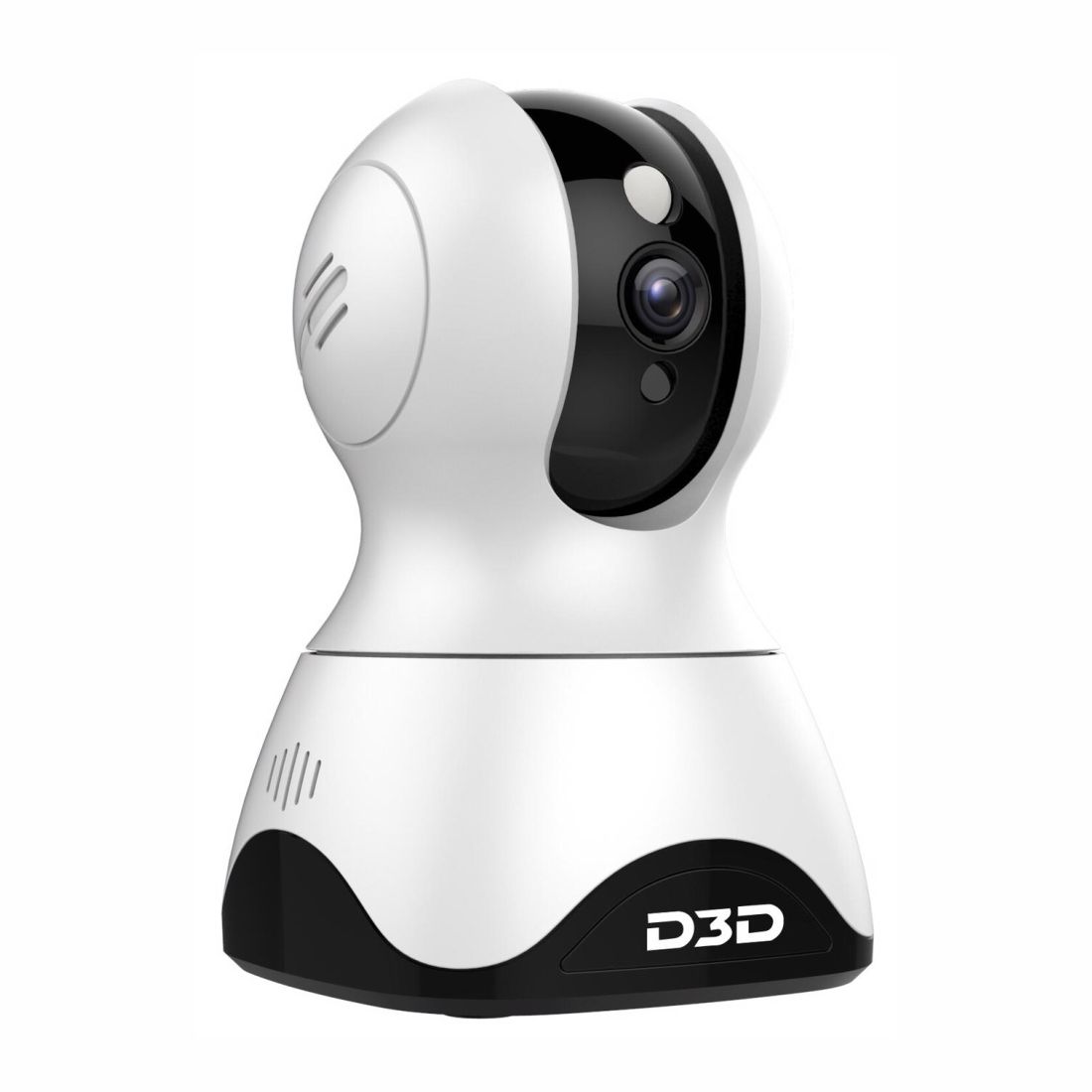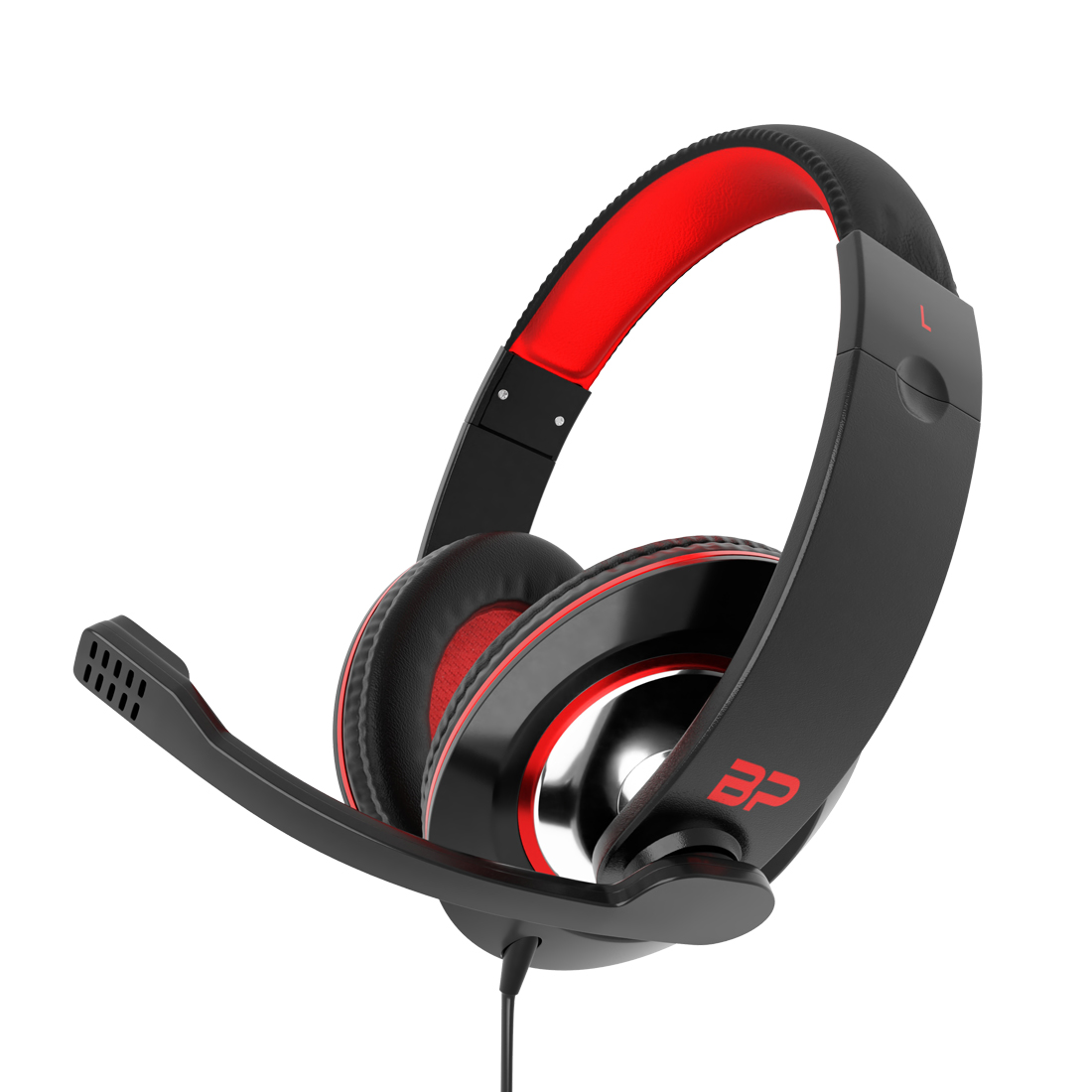While this is not difficult, you can quickly run into complications when inventory costs vary. Accounting is the discipline of calculating, processing, and communicating financial information for businesses and individuals. Inventory accounting is the type of accounting that covers these financial operations and responsibilities of the business’s inventory, accurately depicting the assets of the company. Whereas inventory management tracks and controls the movement of inventory, the accounting side deals with the financial information intimately tied to the buying and selling of finished goods. When it comes to inventory accounting, you’ll learn everything you need to know in this guide to inventory accounting. At the end of an accounting period or fiscal year, businesses must account for their stock, known as ending inventory.
Companies and individuals must produce the appropriate financial statements and income tax returns each year as dictated by their country’s revenue collection agency. Failure to comply https://accounting-services.net/ will result in fines and penalties and possible incarceration. The LIFO method or last-in, first-out technique asserts that the last stock added to inventory will be the first sold.
- Inventory valuation is determined by attaching a specific value to the products that remain in inventory at the end of the accounting period.
- The International Financial Reporting Standards (IFRS), which is used in most countries, forbids the use of the LIFO method.
- This is where inventory management software, and ERP systems like NetSuite, combined with NetSuite accounting services can make a big difference to your bottom line.
- The car dealership, on the other hand, purchases vehicles for the sole purpose of reselling them.
Inventory represents a significant part of the balance sheet for many companies. In accounting for inventory determining and capturing the costs to be recognized as an asset through the inventory lifecycle is key, because it affects a company’s KPIs such as gross profit margin. Despite similar objectives, IAS 21 differs from ASC 330 in a number of areas2. Here we summarize what we see as the main differences on inventory accounting between the two standards. There are three main methods of inventory valuation that companies can choose to use to account for the value of their stock.
Your on-hand, unsold inventory needs to be included as an asset in end-of-year financial records. Meaning the crux of the matter in all this is to correctly track both the cost of any inventory sold and place an accurate value on the unsold inventory being held at the end of each accounting period. Ending inventory is the value of goods still available for sale and held by a company at the end of an accounting period. The dollar amount of ending inventory can be calculated using multiple valuation methods.
The other item the GAAP rules guard against is the potential for a company to overstate its value by overstating the value of inventory. A company which is manufacturing or selling an outdated item might see a decrease in the value of its inventory. Unless this is accurately captured in the company financials, the value of the company’s assets and thus the company itself might be inflated. So we highly recommend employing the services of a professional bookkeeper and/or chartered accountant when it comes to compiling financial records and submitting tax returns.
Cycle inventory
Although the physical number of units in ending inventory is the same under any method, the dollar value of ending inventory is affected by the inventory valuation method chosen by management. Inventory is a major asset for any manufacturing or trading business, so it’s important for business owners to understand what it really means. In addition to the common definition, certain industries like manufacturing and service use specialized definitions that account for all of the assets relevant to that industry.
When they put these materials into produce and start cutting the bars and shaping the metal, the raw materials become work in process inventories. For instance, a sandwich shop’s delivery truck is not considered inventory because it has nothing to do with the primary business of making and selling sandwiches. To a car dealership, on the other hand, this truck would be considered inventory because they are in the business of selling vehicles. Landed costs cover everything from the moment you create or buy your product to when it finally arrives at your fulfillment center.
This is where inventory management software, and ERP systems like NetSuite, combined with NetSuite accounting services can make a big difference to your bottom line. The type of accounting system used affects the value of the account on the balance sheet. Periodic inventory systems determine the LIFO, FIFO, or weighted average value at the end of every period, whereas perpetual systems determine the inventory value after every transaction.
Why Is Inventory Accounting Important?
The main advantage of inventory accounting is to have an accurate representation of the company’s financial health. However, there are some additional advantages to keeping track of the value of items through their respective production stages. Namely, inventory accounting allows businesses to assess where they may be able to increase profit margins on a product at a particular place in that product’s cycle. Auditors may require that companies verify the actual amount of inventory they have in stock. Doing a count of physical inventory at the end of an accounting period is also an advantage, as it helps companies determine what is actually on hand compared to what’s recorded by their computer systems.
What are costing techniques?
Primarily, companies selling perishable goods (food and drinks) face less risk of their products spoiling or crossing best-before sale date. They can establish a smooth supply chain and ensure their clients receive the freshest items in their inventory. Most companies that use LIFO are those that are forced to maintain a large amount of inventory at all times. By offsetting sales income with their highest purchase prices, they produce less taxable income on paper.
In anticipation of this, the company will create an entry on the balance sheet called inventory reserve. Inventory reserve accounts for the predicted amount of inventory that will not be able to be sold that year. Inventory is counted as an asset, and inventory reserve is counted as a contra asset, in that it reduces the net amount of inventory assets at the company. Limit access to inventory supply and implement procedures for receiving and shipping.
This system works well for retail businesses specializing in non-perishable goods or those with a low risk of obsolescence. It can also increase COGS and lessen net profit (therefore reducing annual tax liability) if more recently purchased goods are more expensive. In periods of deflation, LIFO creates lower costs and increases net income, which also increases taxable income. This is why LIFO creates higher costs and lowers net income in times of inflation.
Ensure that all employees responsible for inventory control and accounting entries are knowledgeable about the products and items inventoried. The main role of the accountant on a monthly basis is assigning costs to ending inventory unit counts. The basic concept of cost layering, which involves tracking tranches of inventory costs, involves the first in, first out (FIFO) layering system and the last in, first out (LIFO) system. A different approach is the assignment of a standard cost to each inventory item, rather than a historical cost. A company may use either a periodic inventory system or perpetual inventory system to maintain its inventory records.
For example, if Mary were to buy 50 wine glasses at $12 each, and then order another 50 wine glasses but this time, paying $16 each, she would assign the cost of the first wine glass as resold at $12. Once 50 wine glasses are sold, the next 50 glasses are set at the $16 value, no matter the additional inventory purchased within that time. To determine the COGS for a period, you will need to add inventory terms accounting the starting inventory with the purchases of goods made, minus the ending stock. Methods to value the inventory include last-in, first-out, first-in, first-out, and the weighted average method. For instance, a company runs the risk of market share erosion and losing profit from potential sales. Possessing a high amount of inventory for a long time is usually not a good idea for a business.











